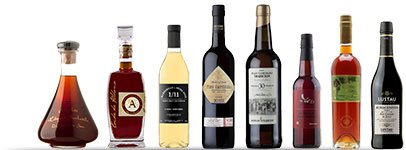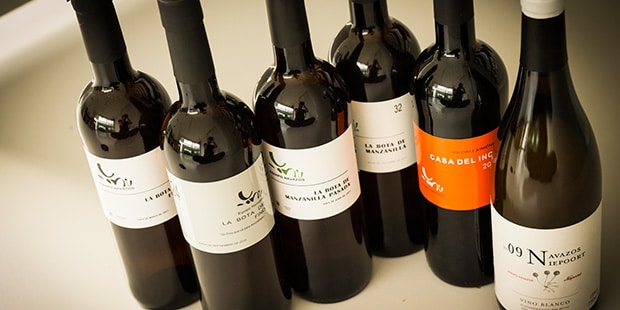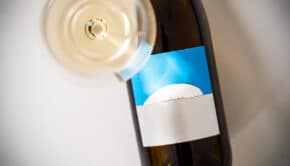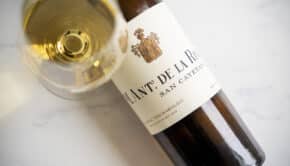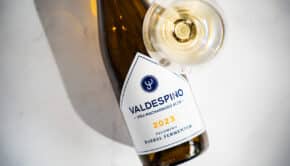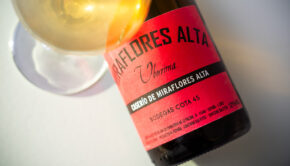Equipo Navazos

In 2005 this private group found 65 butts of exceptionally fine 20+ year old Amontillado, hidden away in the bodega Sánchez Ayala in Sanlúcar. They realized that it was a shame that so many brilliant sherry butts were lying aroung in bodegas. On the one hand their volumes were too low for commercial release. On the other hand the quality was simply too good to be blended away in large-scale soleras. Together with 30 or so friends they bought one cask and split the bottles titled La Bota de Amontillado. Navazos n°1 was born.
Equipo Navazos: La Bota series
The following year, two more casks were bottled. Each release in the La Bota series is chronologically numbered. These first releases were small (200-800 bottles) and private: it wasn’t until 2008 that Equipo Navazos releases were made available to the public. La Bota de Fino – Macharnudo Alto N°7 was taken from the oldest and deepest Valdespino solera. This wine caused quite a stir when the Guia Peñin (the Michelin guide of Spanish wine) called it the Wine of the Year.
Commercial success was never the primary objective, it is the passion for the regional wines that drives this project. It is also a unique opportunity to show the world just how great sherry can be.
For a full overview of the releases from Equipo Navazos, check out the official website.
Hand-picked, small-scale sherry bottlings
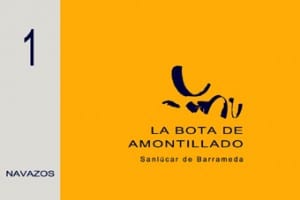
Stressing on minimal filtering is not the only fresh idea of Equipo Navazos. They are also introducing a kind of transparency that is rather new in the sherry world. They tend to mention the bodega, the date of withdrawal, the number of casks used, their yield… They are also explaining the terroir of the vineyard and sometimes historical elements of the wine on their website, where every wine has its own page. As an independent bottler of sherry, they’ve taken the quality and the appreciation of sherry to the next level.
More history on their website.
Other projects: Navazos Niepoort white wines, brandy, rum…
Since 2009, the Portuguese winery Niepoort joined Equipo Navazos to elaborate unfortified white wines, made of 100% Palomino Fino from one of the Albariza vineyards in Jerez. The wine was produced by the same winemaking traditions of two centuries ago, with grapes being fermented in butt, only with indigenous yeasts, and aged under flor for four to five months. They have also bottled dry white wine called Ovni, made of Pedro Ximénez grapes by Pérez Barquero, sparkling wines made by Colet in the DO Penedés, as well as brandy, rum and whisky.
By the way, a navazo is a typical allotment or vegetable garden in Sanlúcar de Barrameda. Navazos are close to the shore, sometimes excavated from the dunes in order to benefit from the moisture of the phreatic surface, and often a larger plot is shared by several families. Nowadays, due to the urban expansion, they have become rare. However they were very common around bodegas like Sánchez Ayala where they bought the first bota. The project aims to share the best produce of the land, so to speak.
Equipo Navazos sherry reviews
Here are some of the Equipo Navazos sherries I tried:
- La Bota de Fino n°24
- La Bota de Fino n°27
- La Bota de Oloroso n°28
- La Bota de Amontillado n°31
- La Bota de Manzanilla n°32
- La Bota de Pedro Ximénez n°36
- La Bota de Palo Cortado n°47
- La Bota de Palo Cortado n°48
- La Bota de Manzanilla Pasada n°50
- La Bota de Palo Cortado n°52
- La Bota de Fino n°54
- La Bota de Pedro Ximénez n°56
- La Bota de Oloroso n°63
- La Bota de Fino n°85
- La Bota de Oloroso n°98
- La Bota de Manzanilla Pasada n°100
- Manzanilla I Think
- Fino I Think (Club Contubernio)
- OVNI Pedro Ximénez 2017
- Navazos Niepoort Blanco 2018
- Colet Navazos Extra Brut 2015
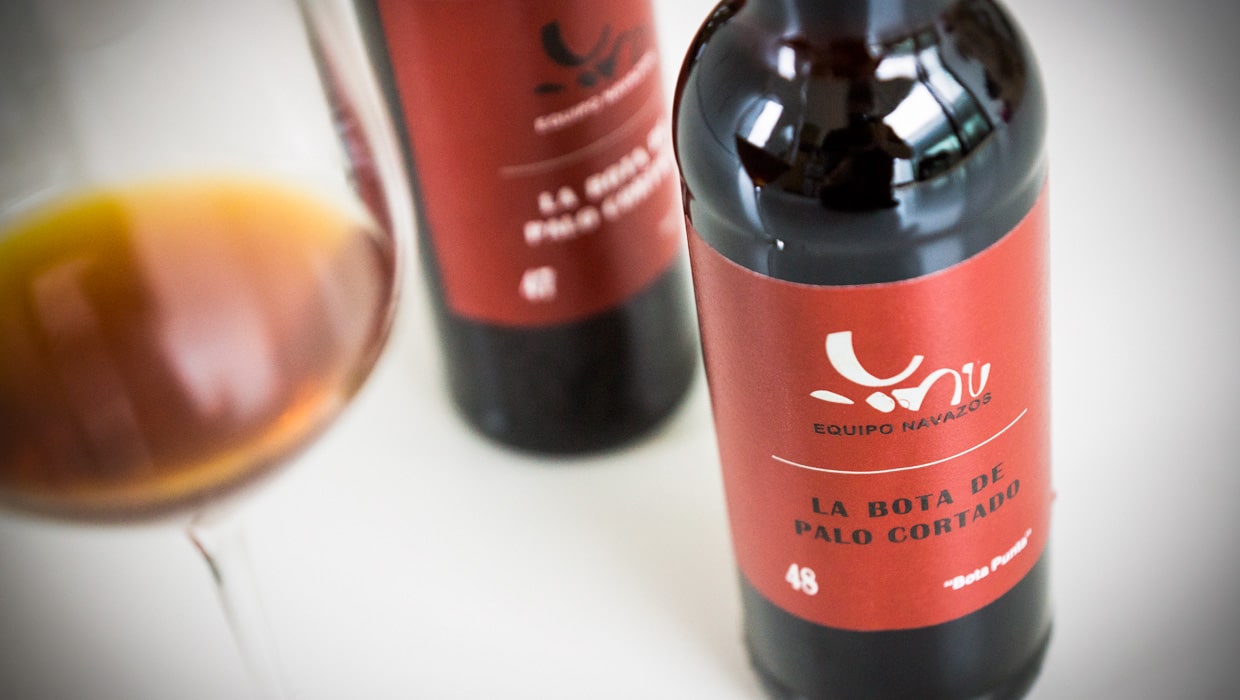
Equipo Navazos as a “marquista”
I should add the fact that you can sometimes hear criticism on Equipo Navazos (and other bottlers that have followed their path). This is driven by the idea that as a boutique bottler their only job seems to be selecting casks in a cellar, putting their label on it and taking the credit. Some say they are exploiting the historic treasures in Jerez and not doing much to highlight the incredible work of the bodega behind them. In fact some bodegas prefer not to work with them and use the word marquista (frame-maker) as a kind of swearword.
It is a fair point: they are often bottling wines that took decades of maturation, sometimes grabbing barrels from lost bodegas that are now gone forever. But at the same time smaller producers simply don’t have the same marketing power and connections to release their wines like Equipo Navazos. Especially at these high prices, often € 100 for a half bottle. So what’s better: forgetting about the wines or having them bottled with great care by a marquista?
Premium sherry and Vino de Pasto
I’m also convinced Navazos have paved the path for smaller bodegas and more expensive premium sherry in general. Many bodegas now have very old, limited releases of their own, which have proven to provide more financial oxygen to a bodega than selling € 5 supermarket wines. In recent years Equipo Navazos have also widened their work by moving towards (small-scale) production and starting new soleras for the future. While technically never a wine producer, they develop interesting ideas and work closely with bodegas to make them happen.
Equipo Navazos was also among the first to put a spotlight on unfortified wine from the sherry region, now known as Vino de Pasto. Together with Dirk Niepoort they created white wines called Navazos Niepoort 2008 and Florpower. These wines produced on albariza soils, with a light flor influence, are now increasingly popular. We shouldn’t underestimate their influence on reviving old traditions in Jerez.
